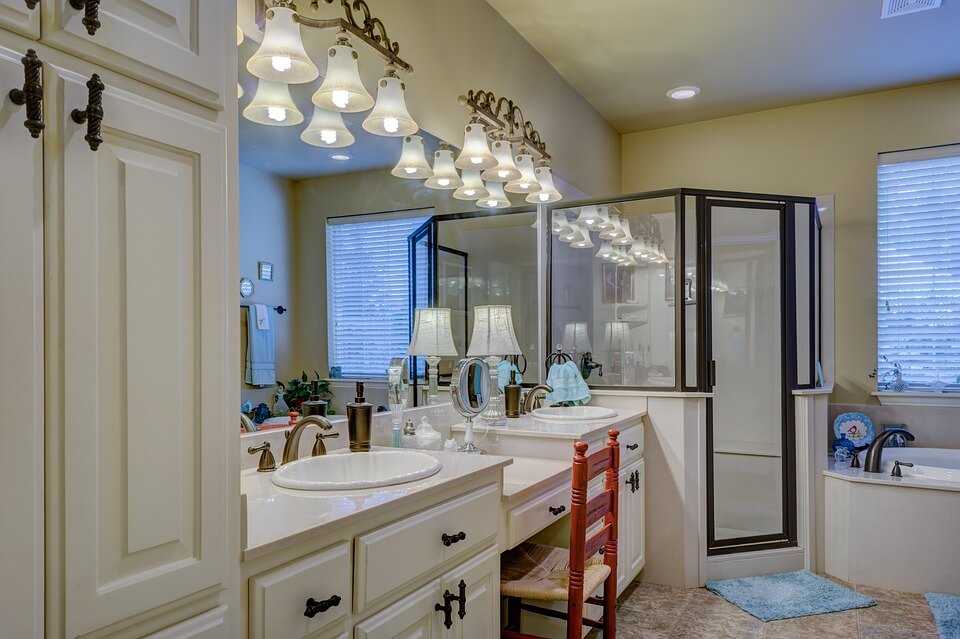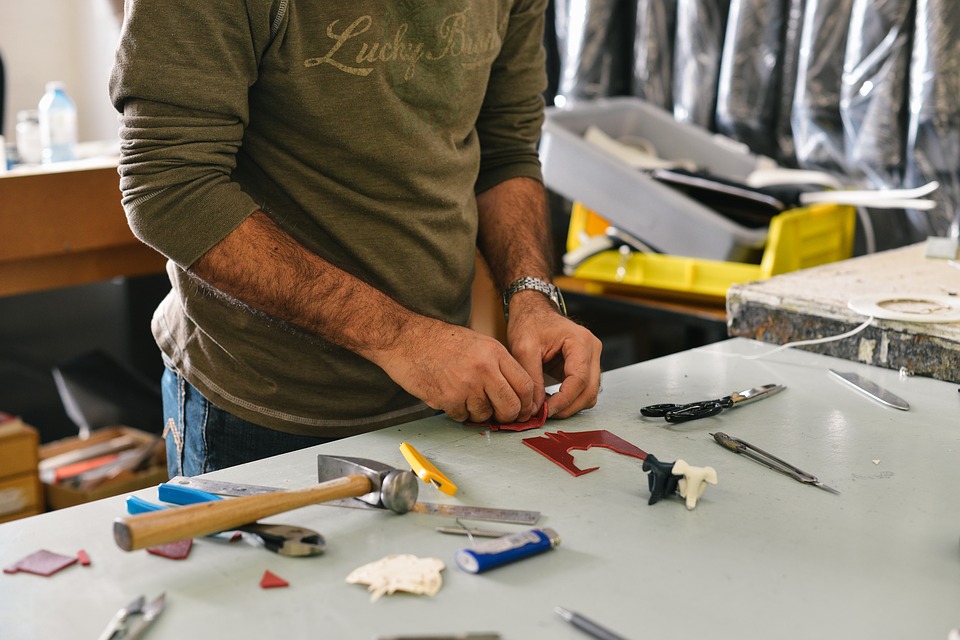People with a closed space mentality can rarely be seen in today’s world. They are always after making room for more space whether it be a kitchen, or a living room, bedroom or a bathroom. With the passage of time, you tend to buy furniture and other essentials every now and then but unfortunately, there isn’t enough space in your house. So, how can you achieve the balance? Firstly, by recycling, reusing, upcycling and also purchasing fewer things can help in maintaining the balance. Secondly, you can make room for your stuff by getting rid of unwanted things.
Of all the rooms, you wish to own a bedroom that echoes ultimate relaxation and enough space. Are you desperately searching for some space offering ideas for your bedroom? Do not worry as this post is all about that. Below are some tips that after incorporating can help in converting a basic bedroom into a functional and spacious one.
1. Adding Sliding Doors
For more storage, you need more wardrobes and for that, you need more space. Well, No! Space is not an issue now as fitted wardrobes along with sliding doors have come into the picture. These wardrobes are an only option to give you most out of your space. When your room possesses huge wardrobes, doors other than with sliding feature doesn’t make any sense. They make a lot of sense as sliding doors saves enough living space and on the other hand, looks extremely elegant.
2. Hidden Compact Study Space
Many people are not able to afford big houses where study room is designed separately. In those cases, study room requirements can easily be constructed in the bedroom itself. These super-compact desks are basically a wall-mounted box that transforms into a desk that folds. A light and easy to move chair augment your study setup making it minimal.
3. Multifunctional Conceptual Furniture
One furniture playing a role for another one is the trend going nowadays. Suppose you are in the need for a sitting area in your bedroom but also wish to have a couch where you can lie down and read books. Being smaller in size, you can’t accommodate everything you wish for in this kind of room.
Read also: Experts Recommend: Top Interior Design Trends For 2017
Look for multifunctional furniture when you have a shortage of space in your bedroom. Not only that, even if you have bigger rooms, incorporate furniture that serves more than one purpose.
4. Perceptions are Everything
Did you ever think of adding big mirrors in your bedroom? If you never did, you should as they play an important role in giving more space to your bedroom. Mirrors can create an illusion of spaciousness when there is not much space in reality. Now, you do not have to make your entire room a mirror market. Instead of adding mirrors everywhere, pick one wall and cover it with a big mirror. You will be surprised to see that, instantly, space gets doubled or “it seems” doubled!
Read also: How Activity Mirrors Add Value To Exercise Place!
5. Using Mono Color
Another way to create more space in your bedroom is to go for a mono color theme which is highly effective. You can choose any color for this theme but white has been and still a top choice. To add class to your bedroom, white walls, white curtains, white floors, and white upholstery – all add up to lend space to your room.
A bedroom needs to be a place where you can lie down and get ultimate relaxation. Getting more space in a room is every house owner’s dream. Pick a few ideas, rearrange your furniture and make minute changes to get a spacious bedroom. For more innovative bedroom design ideas, consult the experts who study interiors deeply.






















